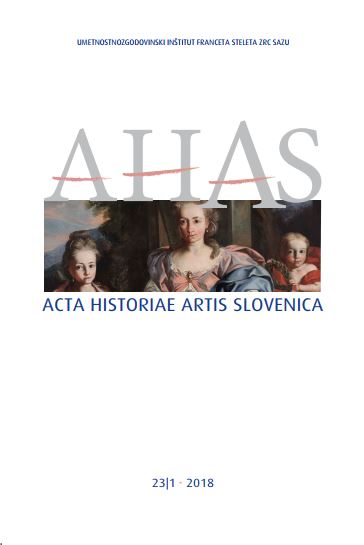Pro remedio et pro salute animae nostrae. Memoria in Medieval Architectural Decoration of the Stična Cistercian Monastery as a Reflection of its Close Connection with the Nobility
DOI:
https://doi.org/10.3986/ahas.v23i1.7288Keywords:
Cistercian monastery Stična, nobility, Middle Ages, burials, cloister, coats-of-arms, tombstones, arcosolium, Auersperg chapel, Lords of Auersperg, Counts of Weichselberg, Lords of Reitenburg, Lords of ScharffenbergAbstract
The paper offers a systematic overview of the documented burials of laymen in the Cistercian monastery in Stična and of their influence on the artistic design of the monastery. The oldest proof of its connection to nobility is a circle with a coat-of-arms above the former tomb niche in the northeastern corner of the cloister, next to the original monastic entrance to the church. It was painted before the vaulting of the cloister, which is dated around 1228. According to archival sources, until that year, only the co-founders of the monastery, the Counts of Weichselberg, and their families were buried in the monastery. After the middle of the 13th century, the burials of laymen became more frequent, in accordance with the practice in other Cistercian monasteries. Probably the oldest document referring to the burial of a layman in the church dates back to 1293. The authoress of the paper argues several new interpretations and discusses identifications of the coat of arms, the monastery co-founders’ locations of burial, the identification of persons, who were buried in the burial chapel, and the tomb niche under the oldest coat-of-arms placed in the cloister.
Downloads
Downloads
Published
How to Cite
Issue
Section
License
Authors guarantee that the work is their own original creation and does not infringe any statutory or common-law copyright or any proprietary right of any third party. In case of claims by third parties, authors commit their self to defend the interests of the publisher, and shall cover any potential costs.
More in: Submission chapter




